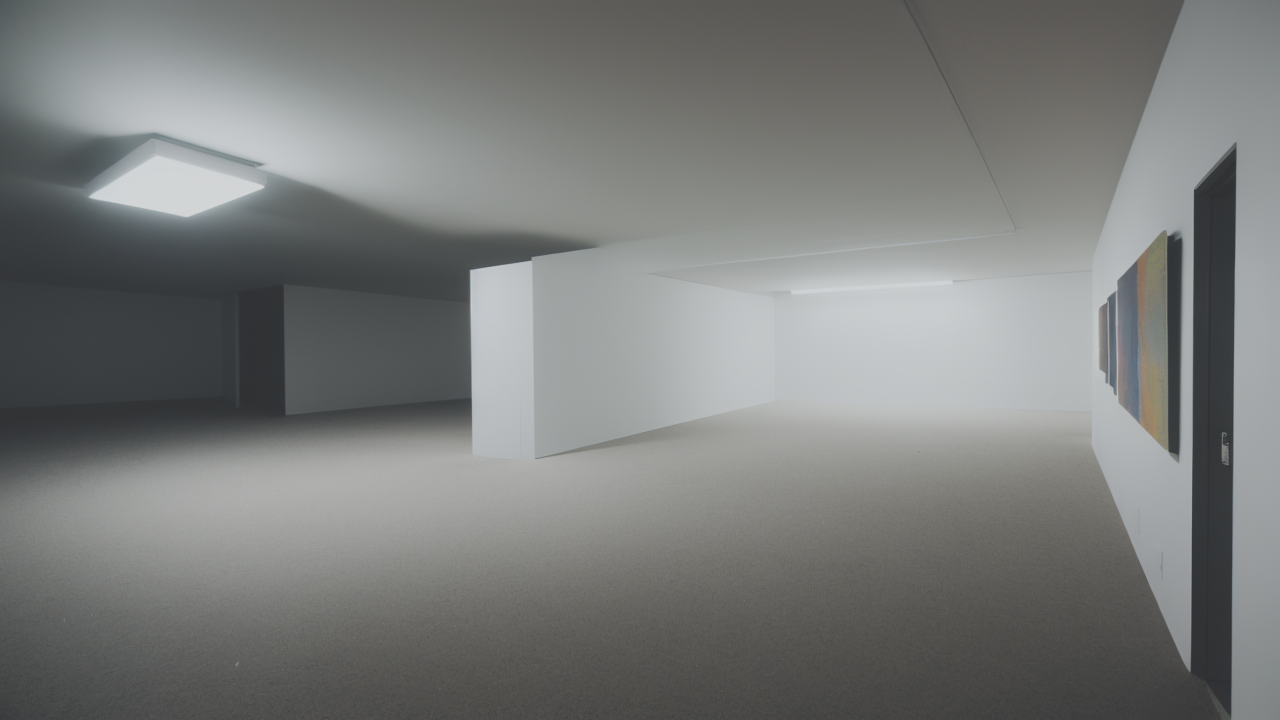
Redefining Wall Decor: The Impact of Modern Minimalism in Contemporary Design
Introduction to Minimalist Art in the Contemporary United States
The Evolution of Minimalism in Art
Minimalism in art has a rich history in the United States. It began in the 1960s as a reaction to abstract expressionism. Artists wanted to strip away excess and focus on essentials. They used simple shapes, lines, and limited colors. Early minimalists like Donald Judd and Dan Flavin led the way. They created sculptures and installations with industrial materials. Over time, minimalism spread to other art forms. It influenced painting, photography, and even music. Today, minimalism continues to evolve. Artists find new ways to express more with less. They use modern materials and technologies. The core idea remains the same: simplicity is powerful.

Current Trends in Minimalist Art
Today's minimalist art scene is diverse and dynamic. Many artists explore digital minimalism. They use computer software to create precise geometric designs. Others combine minimalism with nature-inspired elements. This creates a softer, more organic feel. Sustainable minimalism is a growing trend. Artists use eco-friendly materials and processes. Color is making a comeback in minimalist art. Some artists use bold, contrasting hues for impact. Interactive minimalist installations are gaining popularity. These engage viewers in new and exciting ways. Minimalist art is becoming more accessible. Many artists create affordable prints and digital works. The focus is on creating calm in a chaotic world.
Key Techniques for Creating Contemporary Minimalist Drawings
The Role of Line and Geometry
In minimalist drawings, lines and shapes are key. Artists use clean, precise lines to create form. Simple geometric shapes often form the basis of compositions. Circles, squares, and triangles are common elements. The placement of these shapes is crucial. It creates balance and harmony in the work. Negative space is just as important as the drawn elements. Artists carefully consider the empty areas in their drawings. Some use grids to create structure and order. Others prefer more fluid, organic lines. The goal is to convey complex ideas with simple forms. Every line and shape should have a purpose. The power lies in the simplicity and clarity of the design.

Embracing Simplicity: Tips and Tricks
Creating minimalist drawings is all about simplification. Start by identifying the core elements of your subject. Then, strip away everything else. Use as few lines as possible to convey your idea. Experiment with line weight to add depth and interest. Stick to a limited color palette, or even just black and white. Pay attention to the balance of positive and negative space. Don't be afraid of empty areas in your drawing. They can be powerful elements. Practice sketching everyday objects in their simplest form. This will help you develop a minimalist eye. Remember, in minimalism, less is often more. Every element should earn its place in the composition. The goal is to create impact through simplicity.
Incorporating Technology and Digital Tools
Technology has opened up new possibilities for minimalist artists. Digital drawing tools allow for precise lines and perfect geometry. Vector graphics software is great for creating clean, scalable designs. Tablets and styluses offer a natural drawing feel with digital precision. Some artists use generative art algorithms to create minimalist patterns. 3D modeling software can help visualize minimalist sculptures. Even traditional artists can benefit from digital sketching and planning. Social media platforms provide new ways to share and promote minimalist art. Virtual and augmented reality are emerging as exciting new mediums. These tools can enhance creativity while maintaining minimalist principles. The key is to use technology to simplify, not complicate.
Success Stories: How Artists are Shaping the Future of Minimalism
Renowned Contemporary Minimalist Artists in the U.S.
Several American artists are leading the way in contemporary minimalism. Ellsworth Kelly is known for his bold, colorful geometric paintings. His work bridges the gap between painting and sculpture. Agnes Martin's subtle grid paintings have inspired many. Her work shows the power of simplicity and repetition. Richard Serra creates massive minimalist sculptures that transform spaces. His work challenges viewers' perceptions of form and space. Younger artists like Daniel Arsham are pushing boundaries too. He combines minimalism with pop culture references and futuristic themes. These artists show that minimalism is still evolving and relevant today. They inspire new generations to explore the power of simplicity in art.

Exhibits and Galleries Leading the Minimalist Movement
Many U.S. galleries and museums champion minimalist art. The Museum of Modern Art in New York often features minimalist works. Their permanent collection includes many iconic pieces. The Dia Art Foundation has several sites dedicated to minimalist art. They offer immersive experiences with large-scale installations. In Los Angeles, The Broad museum showcases contemporary minimalism. Their collection includes works by many leading minimalist artists. Smaller galleries across the country also support minimalist artists. They provide platforms for emerging talents to showcase their work. Online galleries are becoming increasingly important too. They make minimalist art accessible to a wider audience. These spaces help keep minimalism fresh and relevant.
Educational Institutions and Their Impact on Artistic Minimalism
Art schools and universities play a crucial role in shaping minimalist art. Many offer courses focused on minimalist techniques. These programs teach students to think critically about form and function. They encourage experimentation with new materials and technologies. Some schools have partnerships with minimalist artists and galleries. This gives students real-world exposure to the art world. Research programs at universities explore new applications of minimalism. They look at how it can be used in fields like design and architecture. By nurturing new talent, these institutions ensure the future of minimalist art. They help keep the movement fresh and relevant in the contemporary art world. Education is key to the continued evolution of minimalism.


